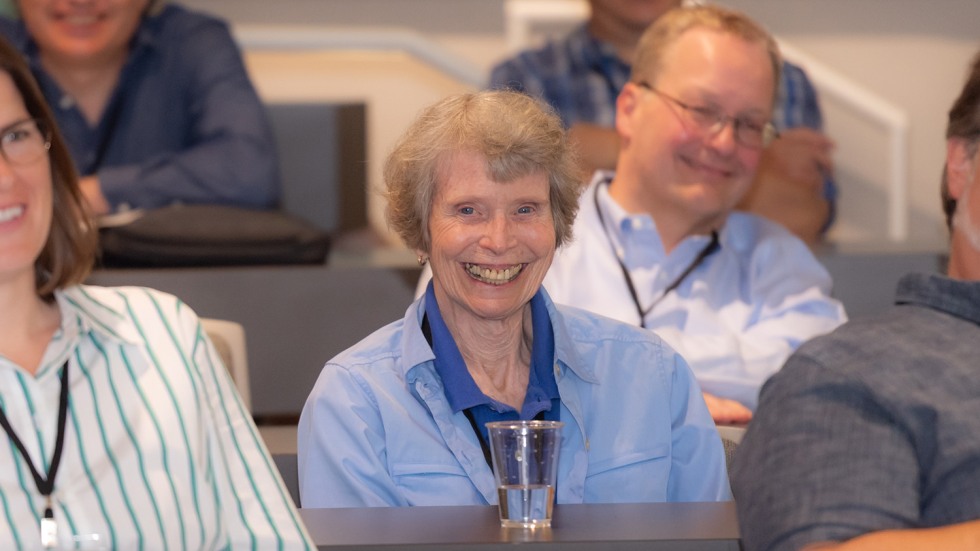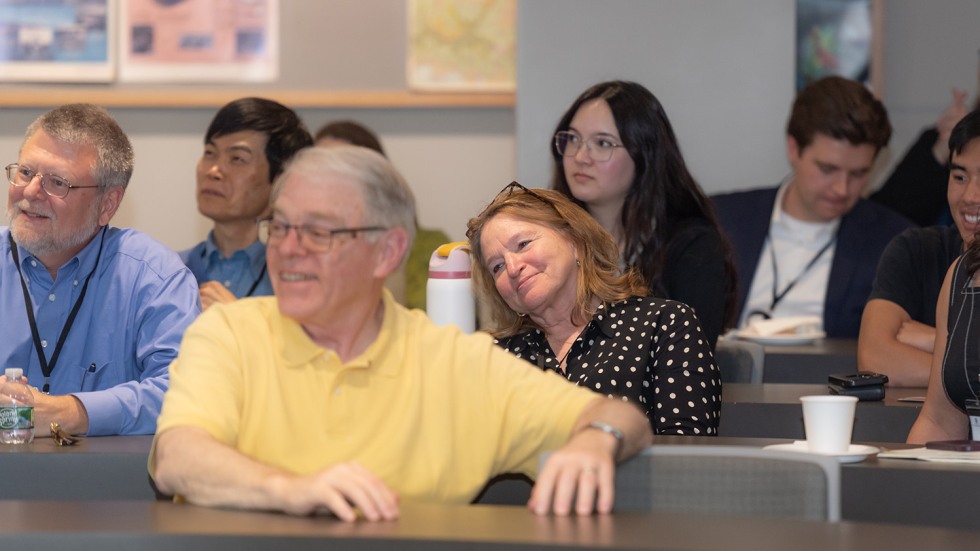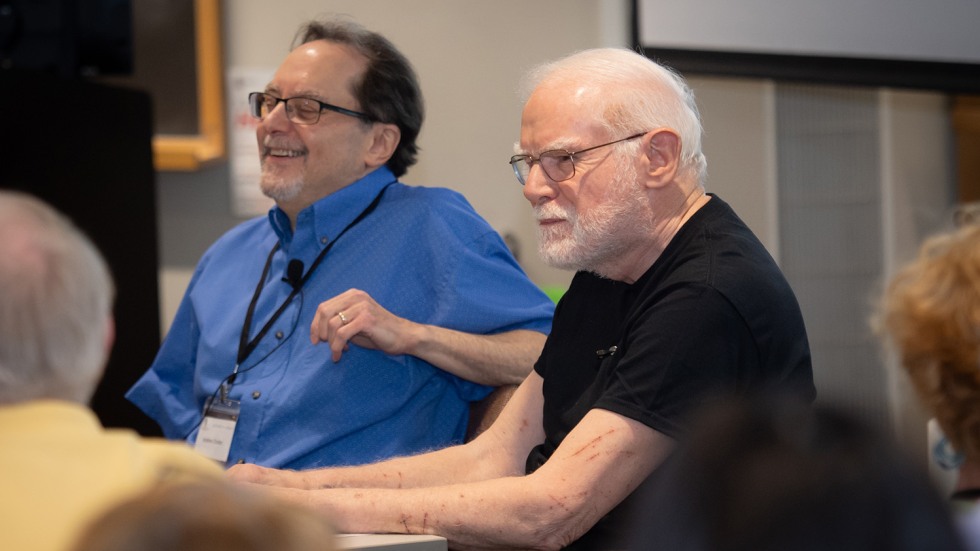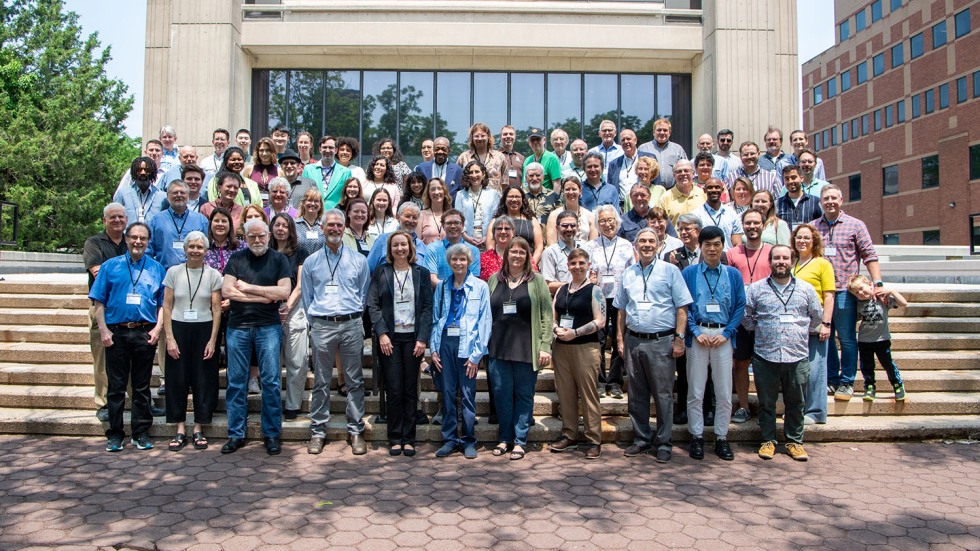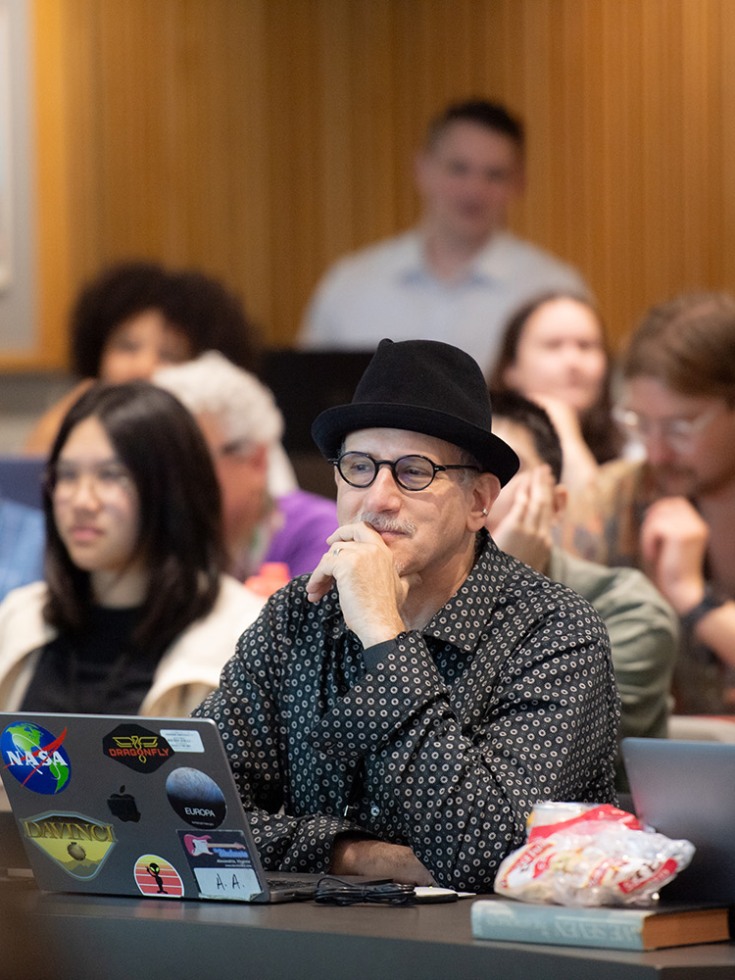PROVIDENCE, R.I. [Brown University]—In 1967, Jim Head was about to complete his Ph.D. in geology at Brown University when his advisor, Tim Mutch, said something that horrified him.
“There are no unanswered questions in the stratigraphy of the Earth,” Mutch told a classroom full of aspiring geologists and stratigraphers. Head and his classmates were shocked.
“It was like, ‘That’s great, Tim; what do we do now?’” Head recalled.
Mutch had an answer. It was time to look beyond Earth and study the geology of the Moon, Mars and other terrestrial bodies. Through the study of “comparative planetology,” humanity could better understand its own home and unravel the history of the solar system. And so emerged a new program at Brown in the nascent field of planetary geology.
Head, now a professor at Brown for more than five decades, and many other Brown faculty would proceed to make prominent contributions to planetary exploration across the solar system. Mutch became a legendary figure in the field. Shortly after his death in 1980, the landing site of the Viking lander on Mars — a mission Mutch helped to lead — was formally dubbed ‘Thomas A. Mutch Memorial Station.”
In early June, nearly 100 alumni of Brown’s planetary science program returned to campus to share stories like Head’s during a celebratory symposium called “Brown in Orbit: 60+ Years of Planetary Sciences at Brown.”
